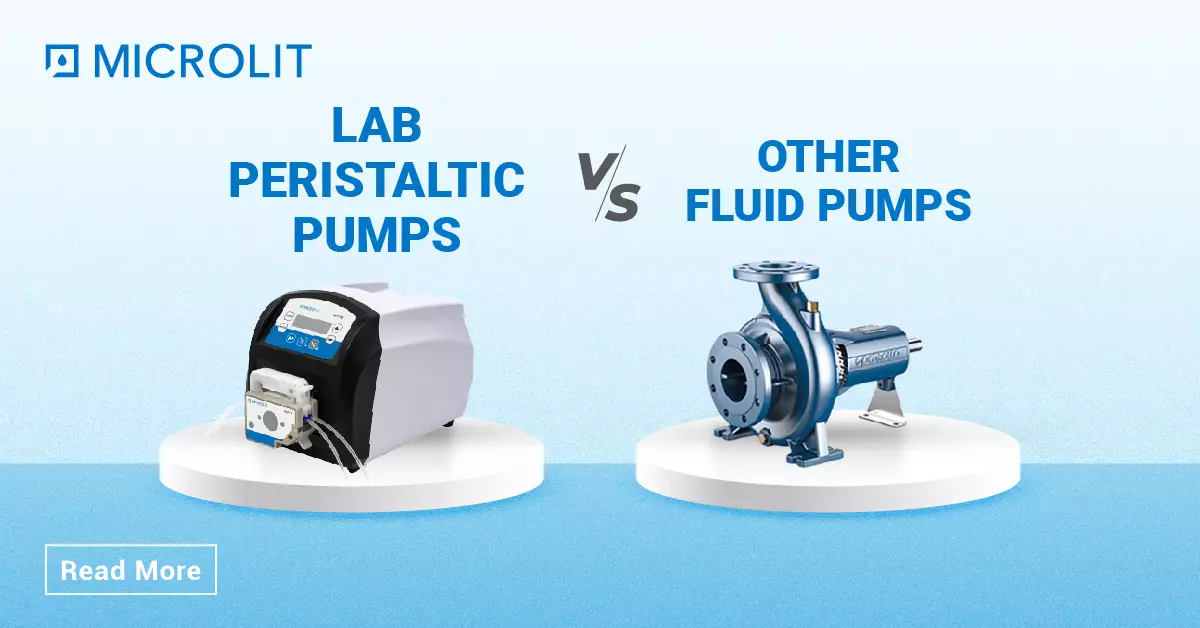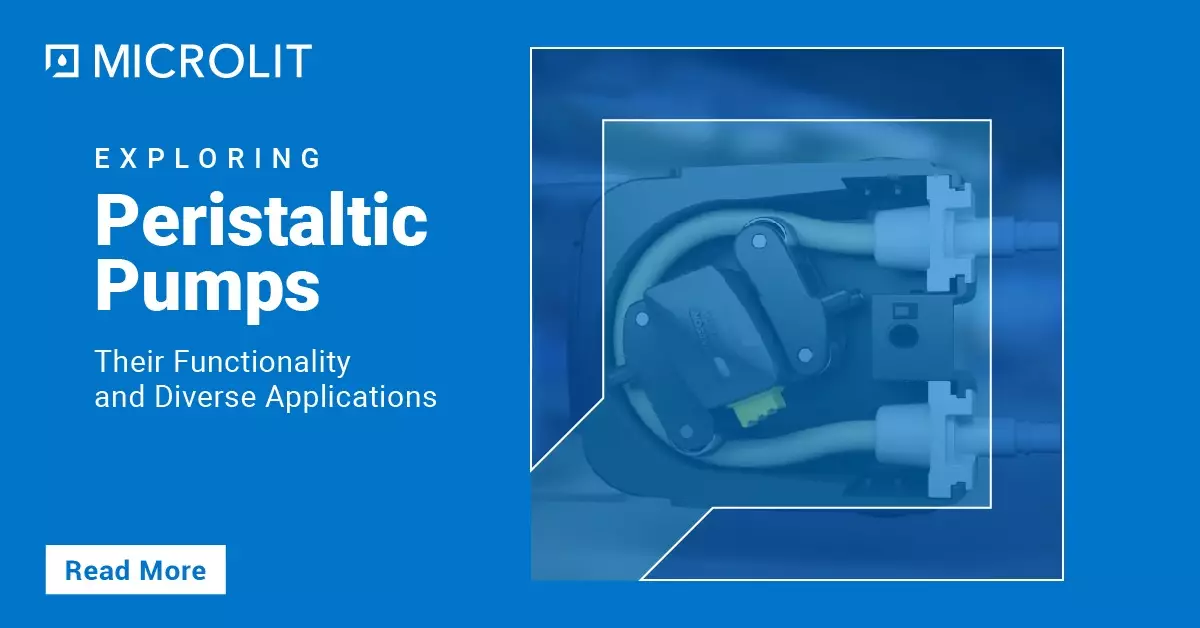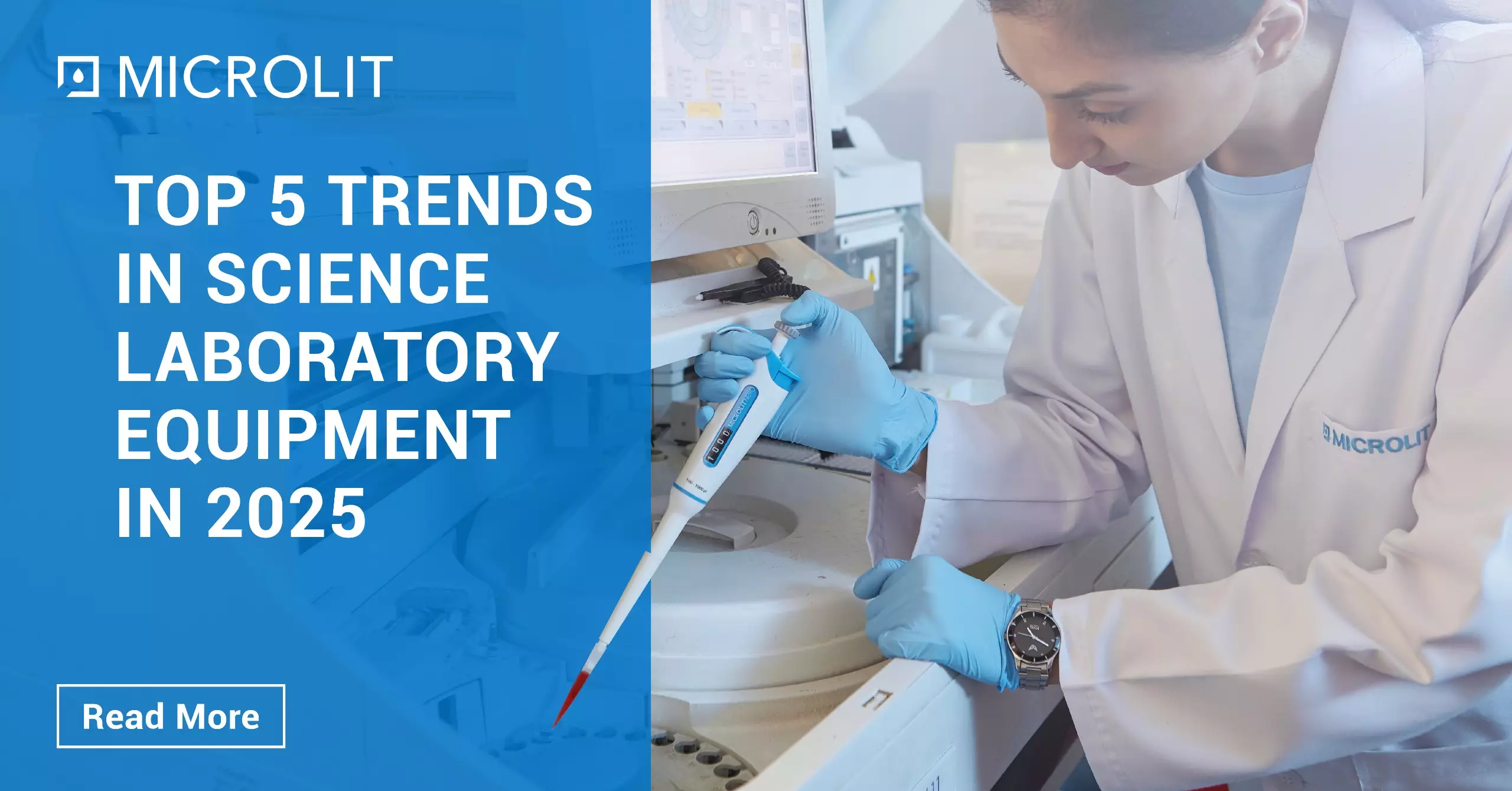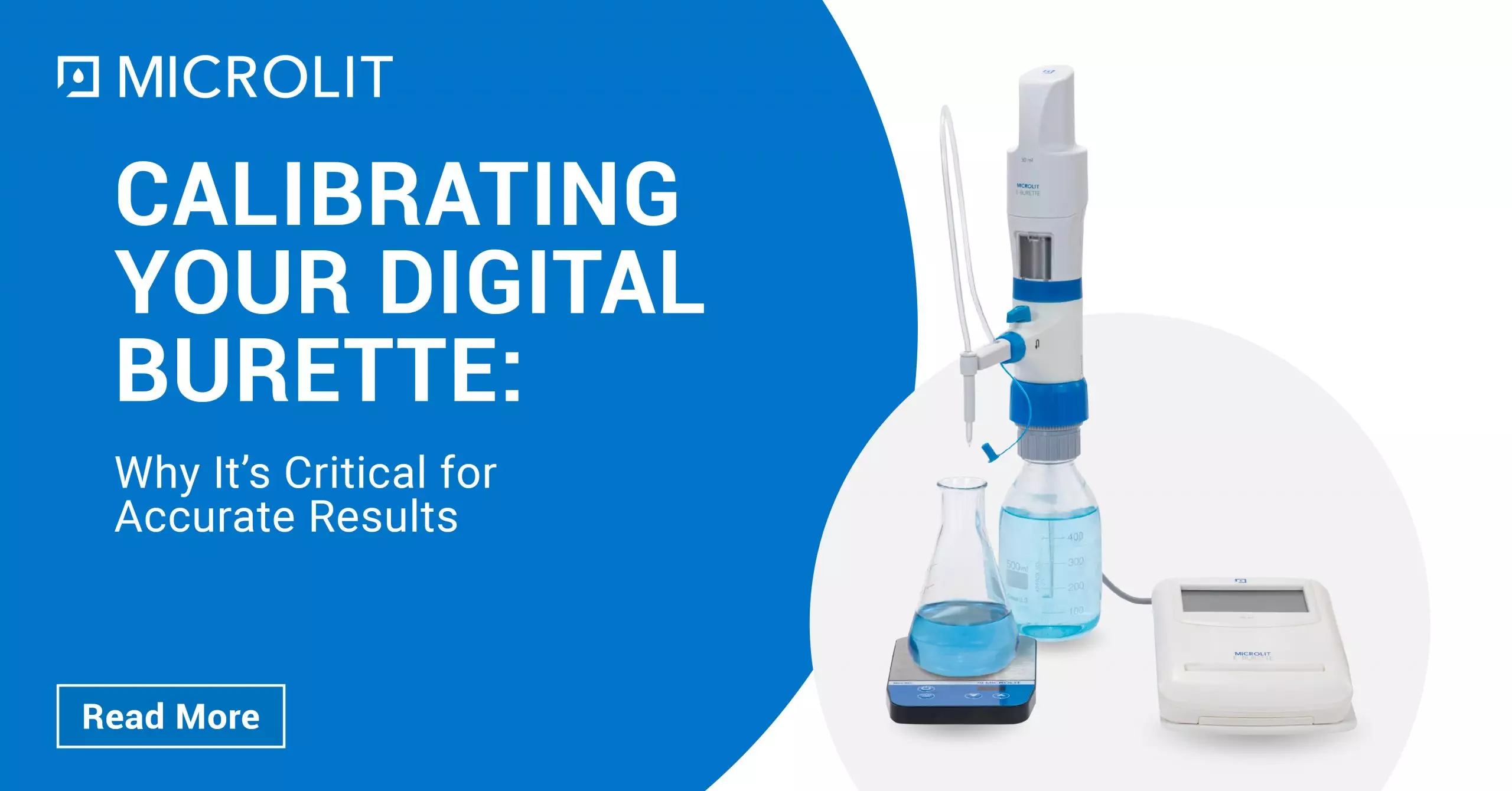Pipet vs Pipette vs Micropipette: Is there any difference?
- April 21, 2022
- ENQUIRE NOW
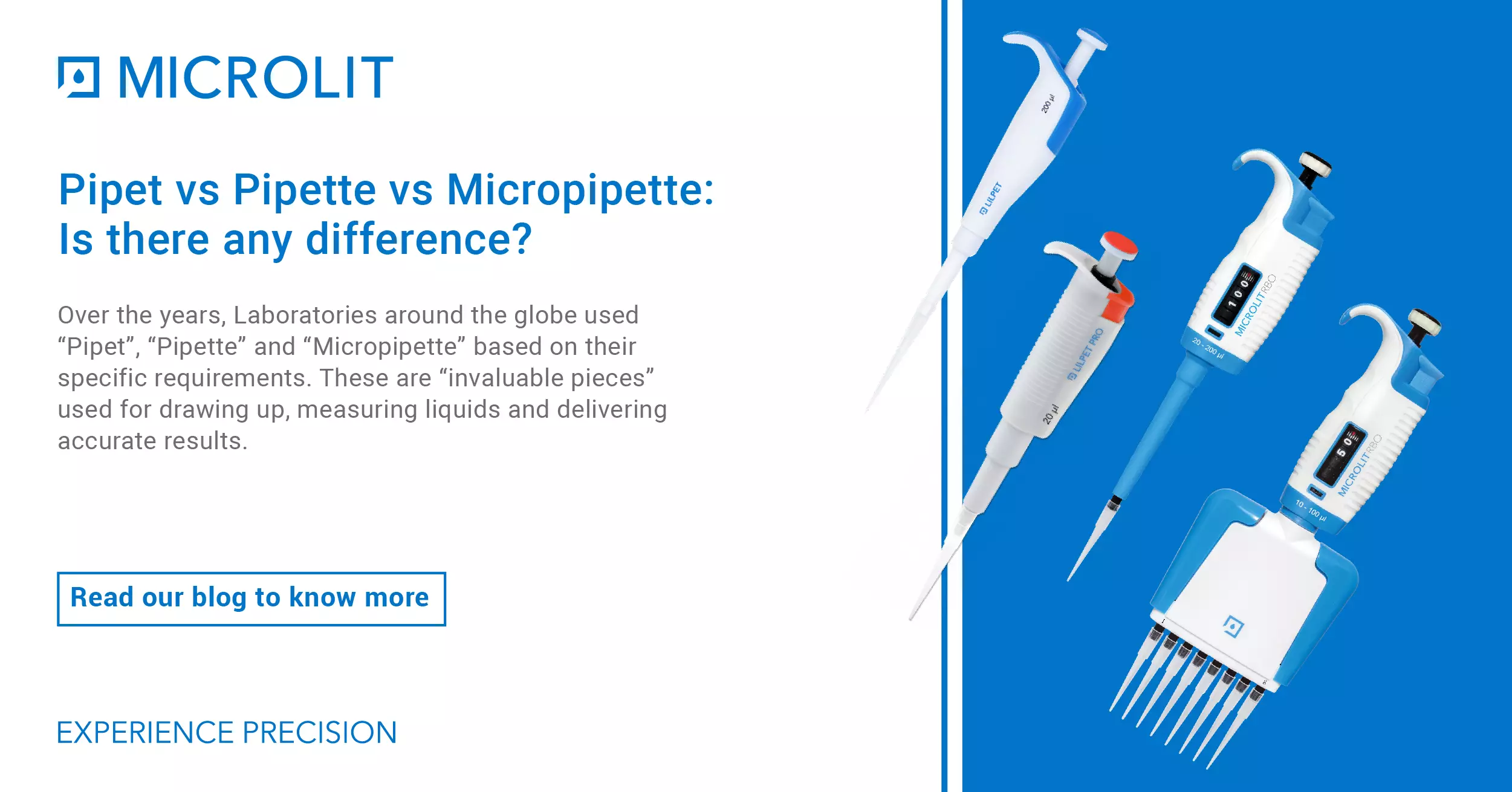
What is a pipet?
A narrow, usually calibrated tube into which small amounts of liquid are suctioned for transfer or measurement. It is a measuring instrument that consists of a graduated glass tube used to measure or transfer precise volumes of a liquid by drawing the liquid up into the tube.
What is a pipette?
A pipette (sometimes spelt as pipet) is a laboratory tool commonly used in chemistry, biology and medicine to transport a measured volume of liquid, The word “pipette” comes from the French word “pipette,” which means “little pipe.” A small tube, often with an enlargement or bulb in the middle and usually graduated, used for transferring or delivering measured quantities of a liquid.
Pipettes come in a variety of sizes, shapes and designs. Pipette also known as pipets were invented by Heinrich Schnitger in 1957. Pipettes come in several designs for various purposes with differing levels of accuracy and precision, from single piece glass pipettes to more complex adjustable or electronic pipettes.
Many pipette types work by creating a partial vacuum above the liquid-holding chamber and selectively releasing this vacuum to draw up and dispense liquid.
What is a micropipette?
Micropipettes are utilized in the laboratory to transfer small quantities of liquid, usually down to 0.1 μL. These are primarily found in labs that undertake activities related to microbiology, immunology, molecular biology, cell culture, biochemistry, analytical chemistry and genetics.
Common micropipette sizes used in labs include as below:
| Micropipette Sizes | Volume Range |
| p2 | 0.2-2 μL |
| p10 | 1-10 μL |
| p20 | 2-20 μL |
| p100 | 20-100 μL |
| p200 | 20-200 μL |
| p1000 | 100-1000 μL |
What is the difference between pipet, pipette and micropipette?
Pipette and pipet describe completely different liquid handling devices—for example, pipette is used for the device that one uses along with pipette tips, whereas a pipet describes the glass (or plastic) tubes used for serology (serological pipet) and chemistry (volumetric pipet).
Although specific descriptive names exist for each type of pipette, in practice any type of pipette will merely be referred to as a “pipette” and the desired device will be obvious from context. Sometimes, pipettes that dispense between 1 and 1000 μl are distinguished as micropipettes, while macropipettes dispense greater volumes.
Also, there are regional differences in the usage of terms “pipet” and “pipette” and it is obvious due to language. Both the terms are used in various books written in English and both the terms appear to be converging into equal usage by the year 2000. This is inconclusive but kind of points out to both the words being synonyms with regional usage patterns across the globe.
Some commonly-used Pipettes and Micropipettes in Laboratory
1. Air displacement micropipette
As the name suggests, the air displacement micropipette usually functions on the principle of air displacement. It has a piston that dispenses and aspirates liquid samples every time the air pockets travel up and down.
Air displacement micropipettes are a type of adjustable micropipette that deliver a measured volume of liquid; depending on size, it could be between about 0.1 µl to 1,000 µl (1 ml). These pipettes require disposable tips that come in contact with the fluid.
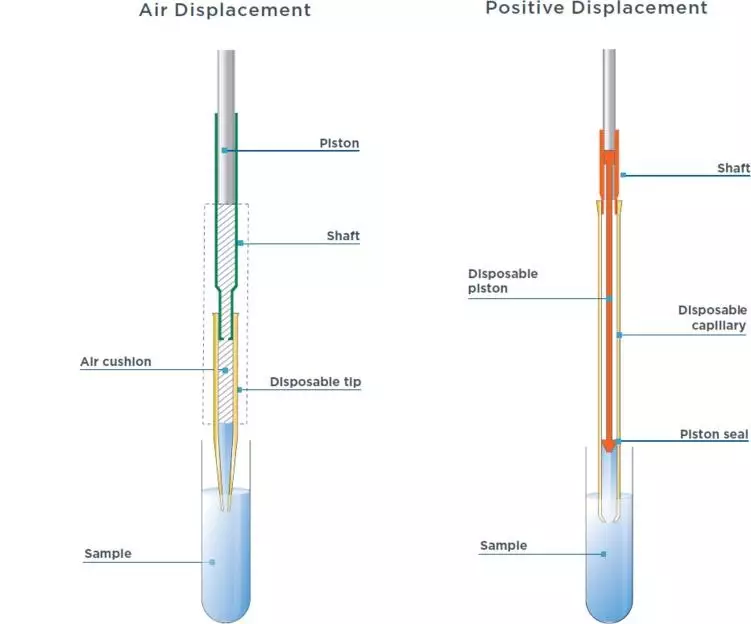
Types of air displacement pipettes include:
• adjustable or fixed
• volume handled
• Single-channel, multi-channel or repeater
• conical tips or cylindrical tips
• standard or locking
• manual or electronic
• manufacturer
Irrespective of brand or expense of pipette, every micropipette manufacturer recommends checking the calibration at least every six months, if used regularly. Companies in the drug or food industries are required to calibrate their pipettes quarterly (every three months). Schools that conduct chemistry classes can have this process annually. Those studying forensics and research where a great deal of testing takes place will perform monthly calibrations.
2. Positive displacement pipette
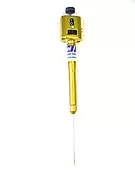
These are similar to air displacement pipettes, but are less commonly used and are used to avoid contamination and for volatile or viscous substances at small volumes, such as DNA. The major difference is that the disposable tip is a microsyringe (plastic), composed of a capillary and a piston (movable inner part) which directly displaces the liquid.
3. Mechanical Pipette
Based on the mechanism of the piston-shaft spring, these pipettes are operated manually.
4. Electronic Pipette
These types of pipettes are generally automated. The dispensing and aspirating of the liquid is usually performed with the touch of the button rather than depressing or manual plunger pressing. While performing repetitive pipetting there is always a risk of musculoskeletal disorders to minimize this disorder electronic pipettes are used. In an electronic pipette, the piston is motor-driven. Using an electronic pipette allows one to dispense precisely how it was programmed due to the motor control that allows the piston movement to be controlled. Also, Electronic micropipettes are available both as single-channel and multi-channel micropipettes. Volume adjustment can be done electronically and the adjusted volume is shown digitally on the digital readout.
5. Graduated Pipette
Graduated pipettes are a type of macropipette consisting of a long tube with a series of graduations, as on a graduated cylinder or burette, to indicate different calibrated volumes. They also require a source of vacuum; in the early days of chemistry and biology, the mouth was used.

6. Volumetric Pipette
Volumetric pipettes or bulb pipette allow the user to measure a volume of solution extremely precisely (precision of four significant figures). These pipettes have a large bulb with a long narrow portion above with a single graduation mark as it is calibrated for a single volume (like a volumetric flask). Typical volumes are 20, 50, and 100 mL. Volumetric pipettes are commonly used to make laboratory solutions from a base stock as well as prepare solutions for titration.
7. Disposable/Transfer Pipette
This is the most basic type of pipette; it is not a sophisticated piece of lab equipment and can be used for rough measurements only. However, when using a disposable pipette, it’s important to follow a standard pipetting technique.

8. Pasteur Pipette
Pasteur pipettes are plastic or glass pipettes used to transfer small amounts of liquids, but are not graduated or calibrated for any particular volume. The bulb is separate from the pipette body. Pasteur pipettes are also called teat pipettes, droppers, eye droppers and chemical droppers.
To know more about selecting the right pipette or micropipette, visit our blog https://www.microlit.com/a-stepwise-guide-to-selecting-the-right-micropipette/
Microlit is a leading name in designing and developing liquid handling instruments for the best laboratories around the world. We offer innovative and advanced pipettes and micropipettes designed under expert care to deliver results and a remarkable user experience. To know more, drop an email at info@microlit.com or visit our exclusive product range at www.microlit.com/products/

